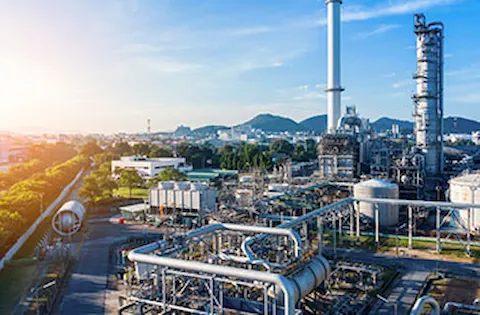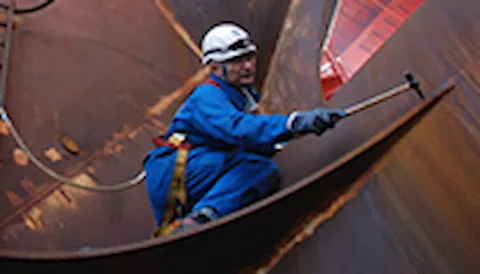Quantitative risk assessment
A formal method for understanding the risk of potential hazards to an asset
Understanding risk is vital for sound and cost-effective decision-making and for establishing a technical risk picture for the entire asset lifecycle.
Risk assessment is the overall process of identifying and analyzing risk, and evaluating how it might be modified maintain appropriate levels of safety and to satisfy regulatory and corporate criteria.
A QRA is a formal and systematic approach to estimating the likelihood and consequences of hazardous events, and expressing the results quantitatively as risk to people, the environment or your business. It also assesses the robustness and validity of quantitative results, by identifying critical assumptions and risk driving elements.
You may need to demonstrate acceptable risk levels during the approval of major hazard plant construction plans, or when making significant changes to operations (including plant modification) or manning levels.
QRA studies are typically required for production and processing facilities, high-pressure pipelines, and storage and importation sites, including liquefied natural gas (LNG). They contribute to improved decision-making by highlighting the accident scenarios that contribute most to overall risk. Focusing on these will help you meet acceptability criteria and demonstrate that risks are as low as reasonably practicable (ALARP).
DNV provides a global multidisciplinary network of consultants and offers a full scope of quantitative risk analyses, with the optional integration of detailed consequence modelling.
What you get:
- Analysis of potential accident scenarios, including consequences and initiating and controlling factors
- Estimated fatalities (individual, group and societal risk)
- Predicted economic losses
- Predicted environmental impacts
- Risk to specific main safety functions
- Input to operational restrictions and design requirements
- Identification and assessment of preventative and mitigation measures
- Identification of the need for and function/requirements of safety barriers
- Effects of uncertainties and assumptions.
Related software
Recommended practice
DNV-RP-G107 Efficient updating of risk assessments
- providing guidance on more efficient updating of risk assessments during operational phases






